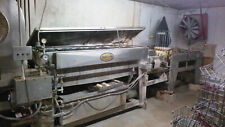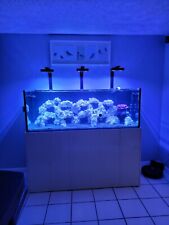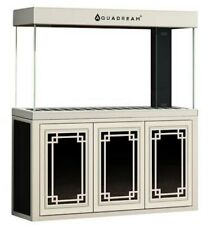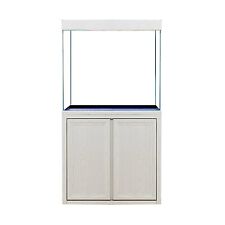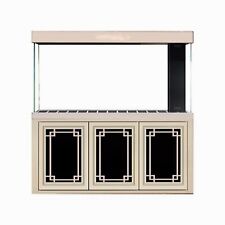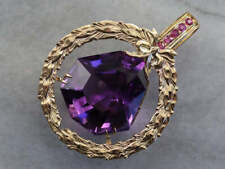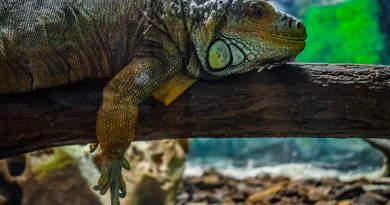General Care of Leopard Geckos
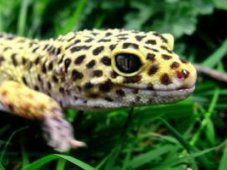
Housing Leopard Geckos
You can house your leopard gecko in a vivarium or plastic box. Two or three geckos can live happily in a home measuring 36 inches by 18, and 18 inches tall. Allow around 10 gallons per gecko, but don’t house two males together or they’ll fight, possibly to the death. Like many other reptiles, your leopard gecko will become stressed if it doesn’t have a place to hide. You can use anything from a margarine tub to a coconut shell for this. You should also provide a moist area, especially for when it’s time to shed their skin. (You could just moisten the substrate in the hide area.)
Although some reptiles need artificial light, leopard geckos do not, but artificial lighting can help to heat their home. This is important since these geckos can’t produce their own body heat so need an external source to help digestion and other functions. Place a heat mat under the enclosure or the substrate, so that it covers between a third and half of the surface area. The best temperature for the floor is between 84°F and 88°F.
Substrate is important, and there are several kinds on the market. Younger geckos can be kept on kitchen towel, while older ones can be moved to something else – some owners swear by fine sand, others by newspaper. It needs to be something which, if ingested, can easily be passed out the other end, to prevent digestive tract obstruction.
Feeding Leopard Geckos
Leopard geckos are insect eaters, and you should find a food source before buying your pet. You could check local stores or online suppliers. Because these creatures are nocturnal, place insects in your gecko’s enclosure after dark. As a general rule, feed your gecko items which are not longer than it is, and less than half the width of your pet’s head. For hatchlings and younger reptiles, feed between four and eight items a day. Adults can be fed up to 10 insects every two or three days. You can buy calcium supplements to aid bone growth and remember to keep plenty of fresh water available.
There are various insects you can use for feeding. Silkworms are packed with proteins, minerals and vitamins, but not always easy to come by. Waxworms are very fatty, so keep for occasional treats. Locusts also offer plenty of protein, but can be expensive. Newly molted mealworms can be an excellent choice, as are crickets. Black crickets are easy for your gecko to catch. So that the gecko nibbles on the cricket, and not the other way around, pop some grated apple or carrot in your gecko’s enclosure for the cricket at the same time. If your gecko finds it hard to catch crickets, try removing the insect’s hind jumping legs.
Health of Leopard Geckos
Leopard geckos are generally very hardy, and can live for up to 20 years, so severe health problems are rare. But to prevent the spread of disease and parasites between your pets, keep every new reptile in quarantine for a few months before introducing it to the enclosure. Prolonged exposure to temperatures below 73°F, or too much humidity, can cause respiratory infections to take hold, because the immune system becomes suppressed. Symptoms can be hard to identify, but a slightly open mouth and panting can be signs. Mucus bubbles on the nostrils and labored breathing are others. Keep a daytime temperature of up to 90°F, and not below 80°F at night.
If they are threatened or grabbed by it, some geckos may drop their tail. This can happen if one gecko accidentally gets hold of another’s tail. Keep the injured reptile in isolation and well fed, watered and warm. While the tail will grow back in time, it will be shorter and stubbier than the original.
If your gecko doesn’t get enough calcium, it could develop metabolic bone disease, or hypocalcemia. This happens when the body is so desperate for calcium it extracts this mineral from its own bones. Your reptile may be lethargic, with swollen joints, curved legs, soft jaws and appear generally weak. Since you can easily buy supplements such as calcium powder, this is an entirely preventable problem.
Mouth infections can occur if your geckos fight, if their home is dirty, or following an injury. You may notice swelling around your leopard gecko’s mouth. Treatment involves cleaning the area daily and maybe also an oral antibiotic.

